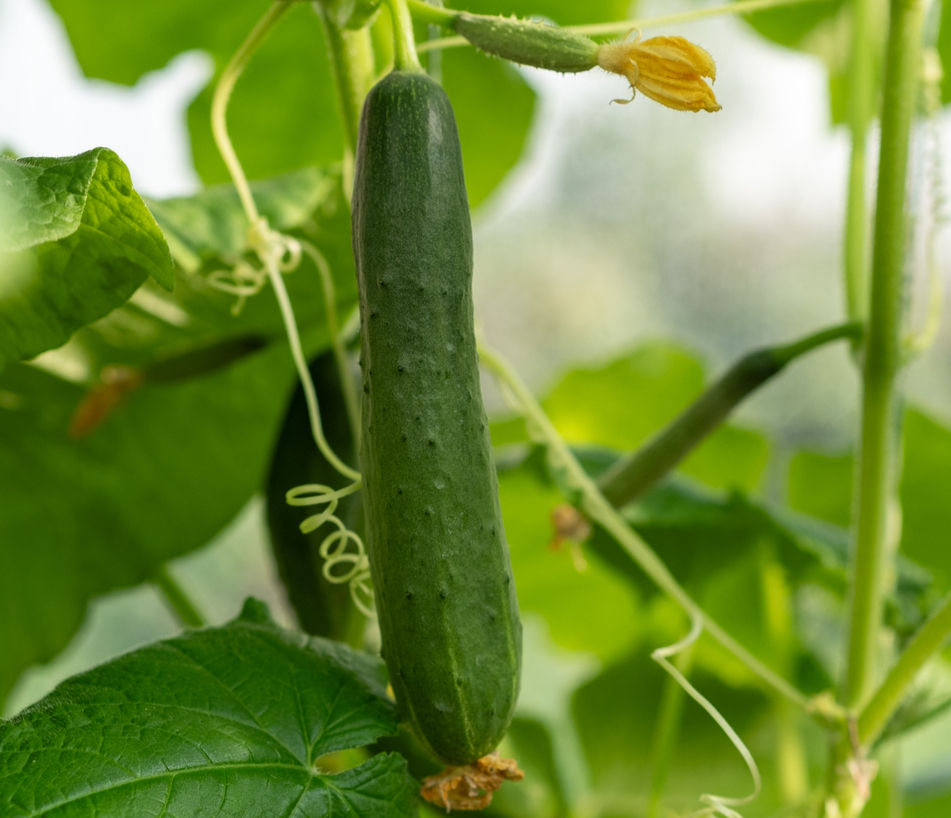THE SEED BANK
Some of the seeds we produce are stored in our germplasm bank. The seeds, divided into batches, are first dehydrated and then stored in special containers at 5°C in an environment with a humidity of 3 to 5%. Not all seeds tolerate low humidity; these are dried, not dehydrated, and then stored under the right conditions. By using a controlled atmosphere or heat treatment, we prevent the risk of pests.
For the seeds of some species we use a very long-life method, dehydrating them and placing them under vacuum at a temperature of -20c°
Germination Tests
Batches stored for the medium term require germination tests before distribution.
In a temperature-controlled environment, using seedling soil as a substrate, and maintaining a neutral or slightly acidic pH through irrigation, depending on the species' needs. Only if the batch exceeds an 85% germination rate do we distribute the seeds.
Species and Ecotypes
Each season, the number of species and ecotypes distributed increases, because in most cases we test and "adjust" the genetics of the varieties received over a process that lasts a minimum of one to a maximum of three years. One year when the seeds come from reputable associations that apply techniques to prevent hybridization, or seeds with products that prove particularly genetically stable. Two years when further selection is needed to improve or stabilize the genetics. Three years when the seeds recovered are few, the products are not very stable, and further stabilization is needed. We rarely exceed three years, because it means that hybridization is so severe that the salient characteristics for which the ecotype was selected have been lost. Be careful, the morphology of the fruit or berry is not enough; we must also analyze the other characteristics for which the ecotype was selected, the stability of the products the cultivar produces from generation to generation. In short, having a beautiful pumpkin, morphologically compliant with the ecotype, without having pollinated it manually or respected the distances does not at all mean that the pumpkin is not hybridized.
Guide to seed conservation
We're preparing a dedicated guide to seed conservation, from short to very long-term. So you can leave your legacy alive and ready to thrive for many years to come.
Estimated release date: May 2020.






























